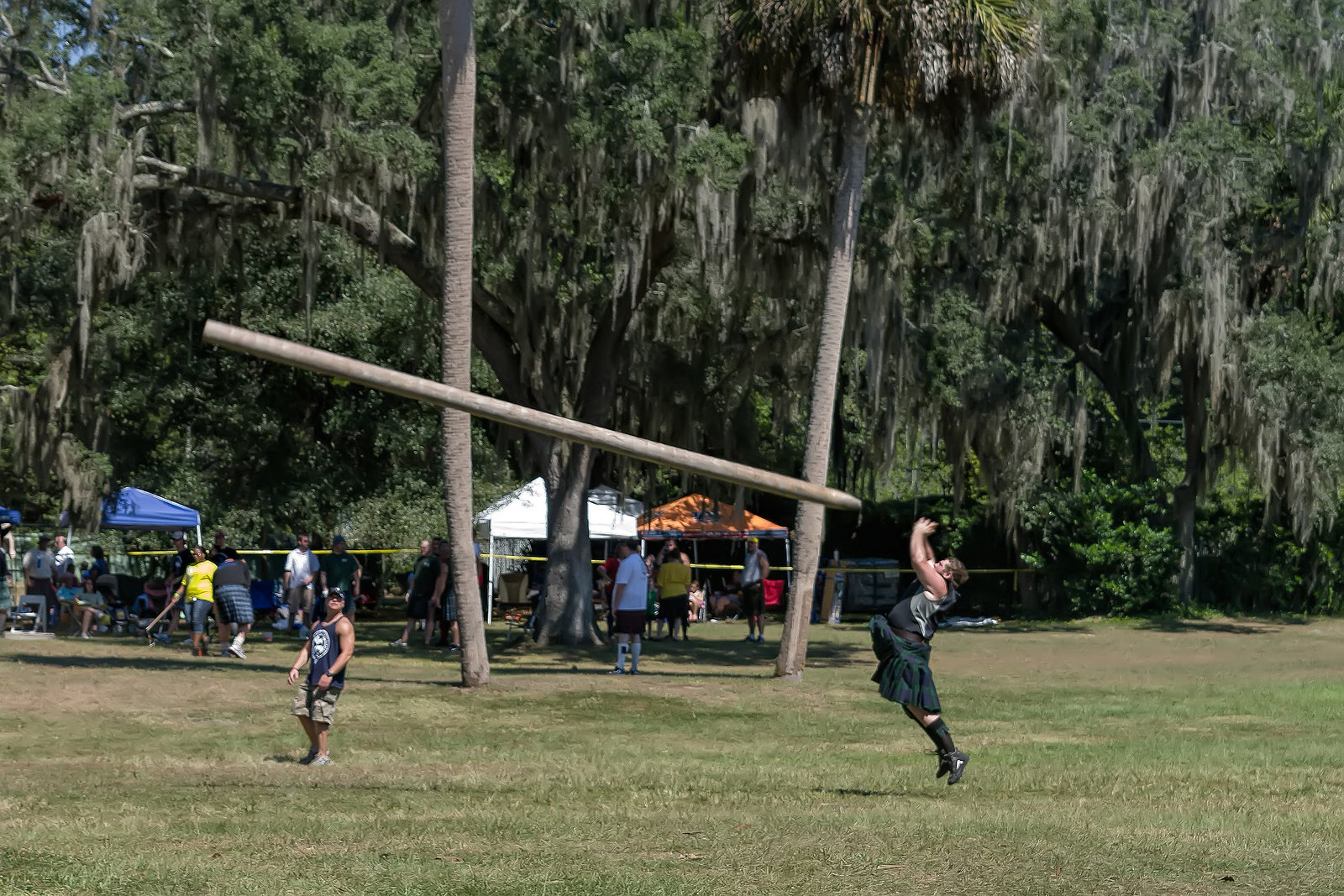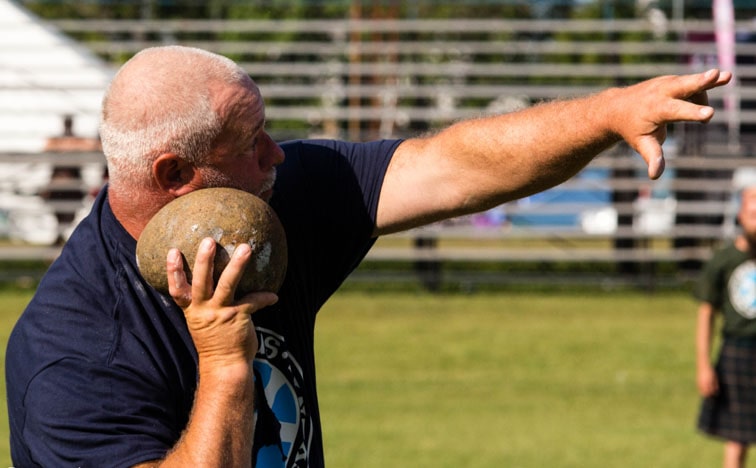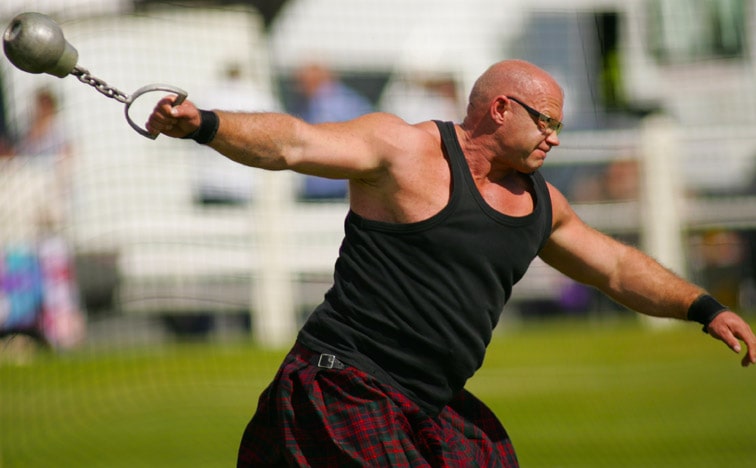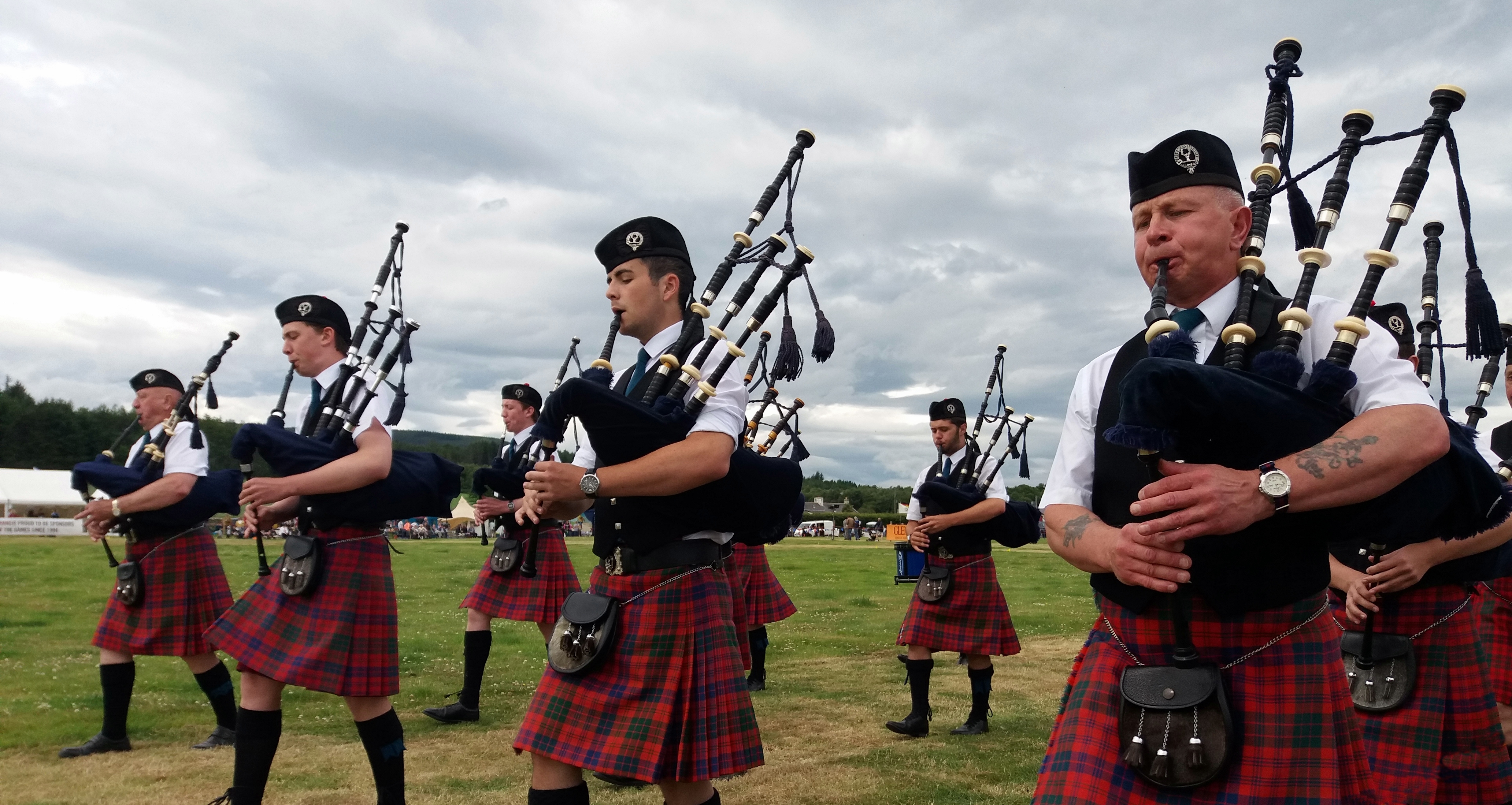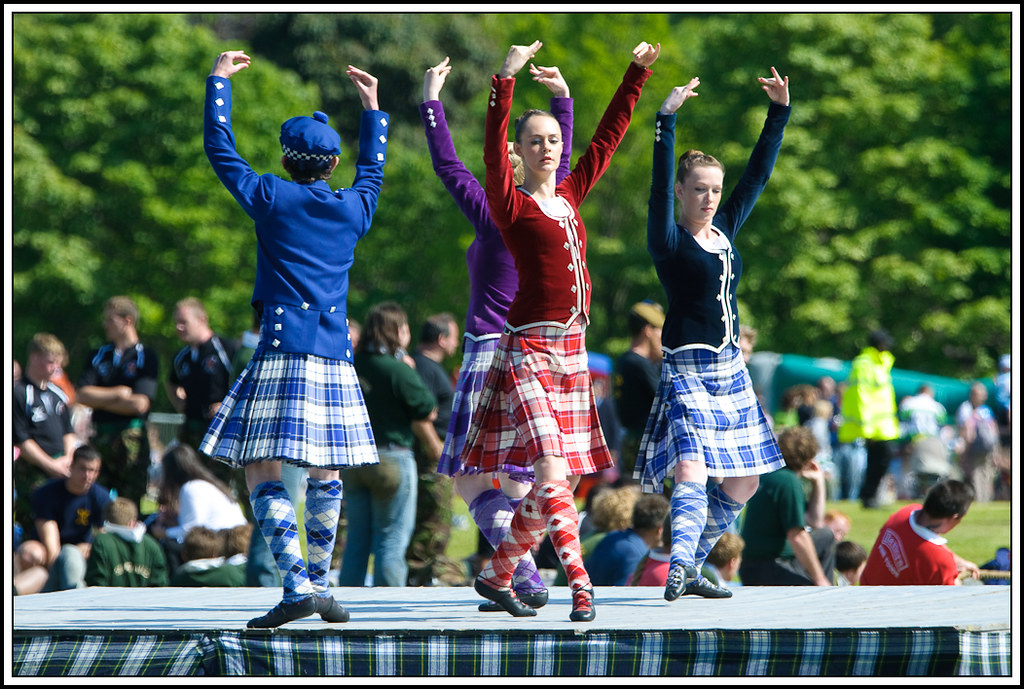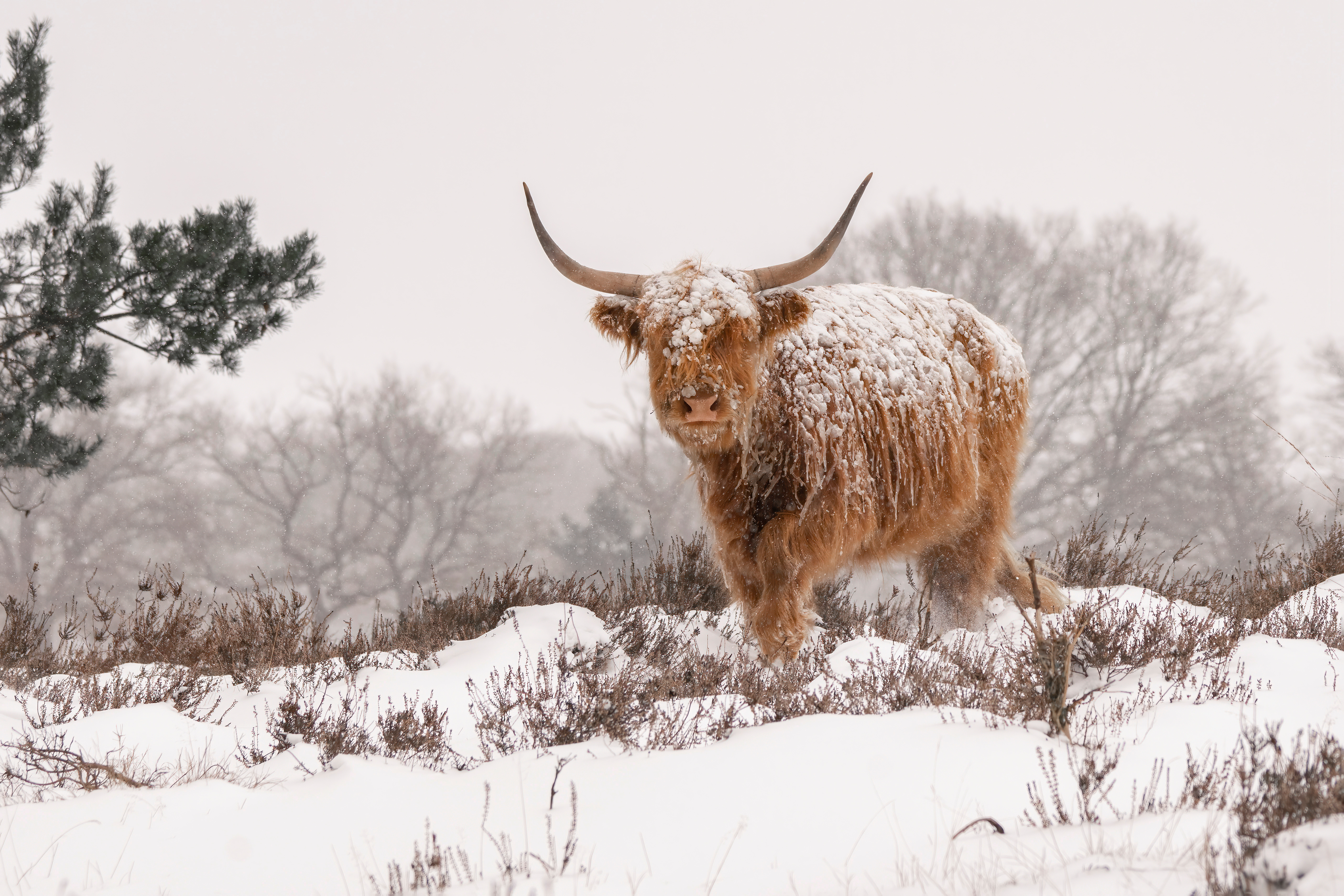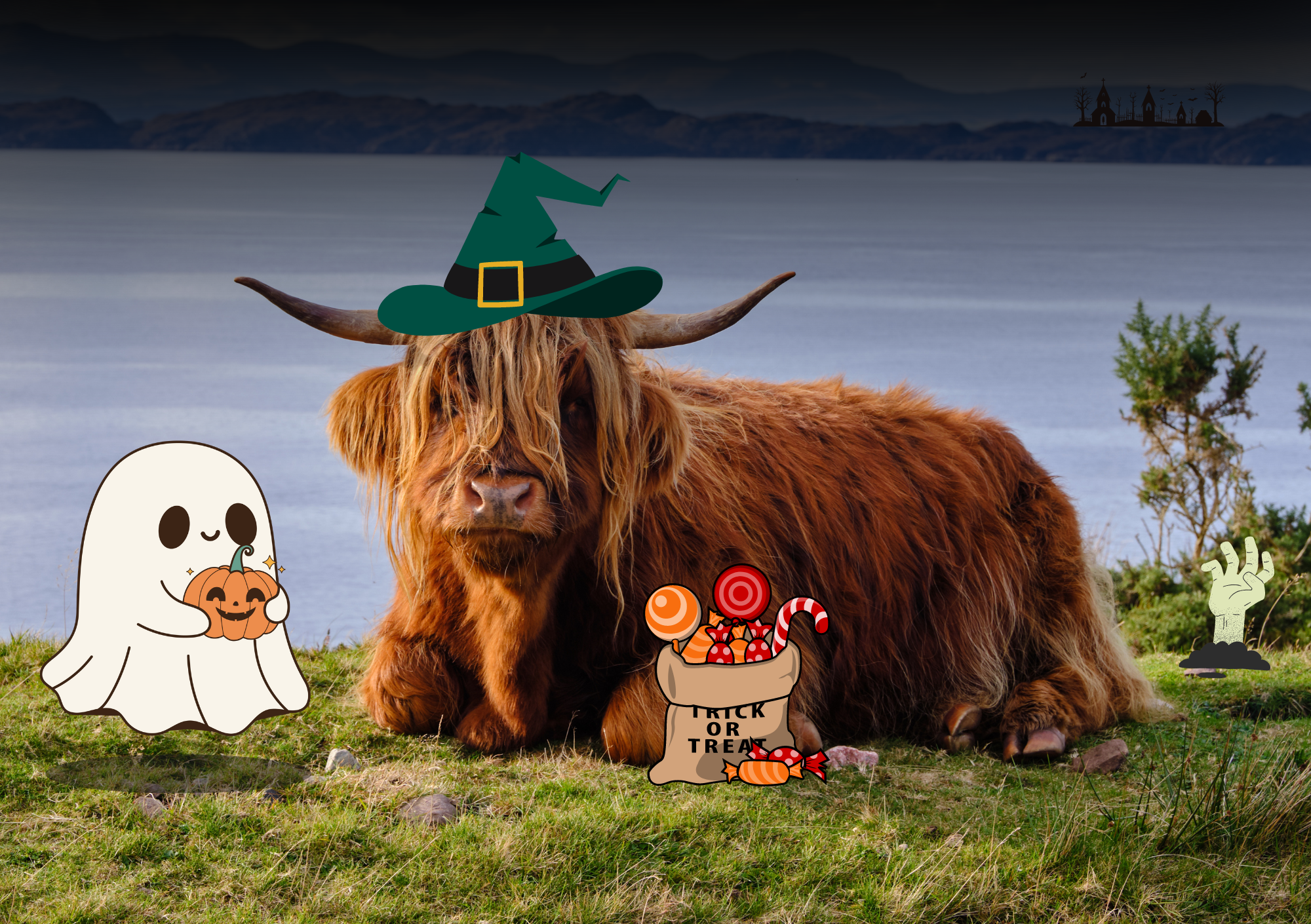What are the Highland Games?
The Highland Games are seen as a celebration of Scottish culture and history and consists of:
- Athletics
- Music
- Dance
People come from around the world to enjoy watching the competitions or to participate.
Athletics
Arguably, the athletic events bring in the largest crowds and are the pinnacle of the Highland Games. There are quite a few events people participate in - all of which challenges the raw strength of the individual. Of course, this strength goes hand in hand with skill as well!

